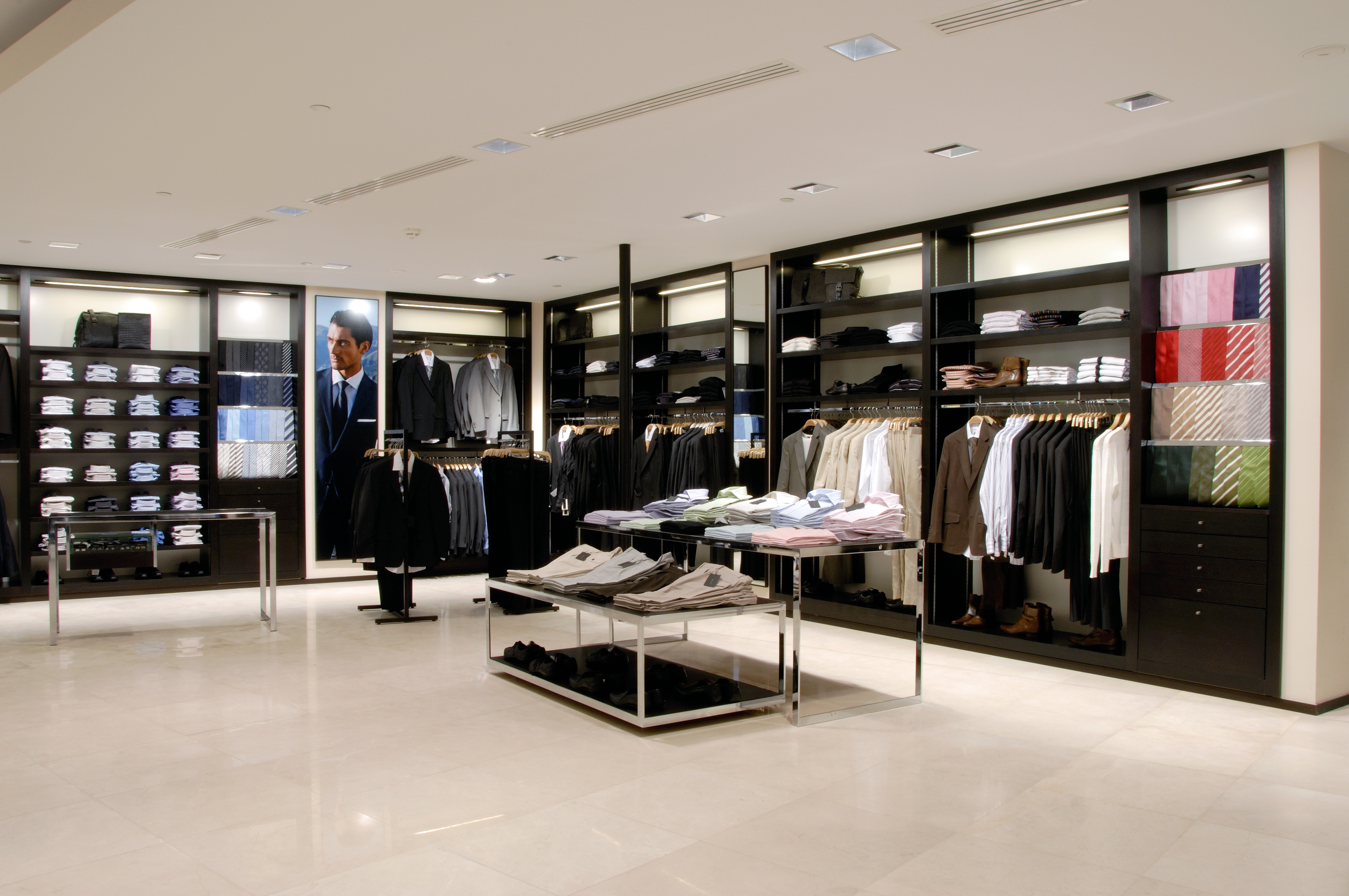 |
| Zara, Fifth Avenue, New York City |
Zara, a Spanish clothing and accessories retailer, was founded in 1975 by Amancio Ortega and Rosalia Mera. It is the flagship retail store of the Inditex group, a fashion group that owns other brands such as Massimo Dutti, Pull and Bear, Uterque, Stradivarius, and Bershka.
Amancio Ortega opened the first Zara store in a central street in Galicia, Spain under the name Zorba. Although another store a few blocks away was also named Zorba, the molds of the letters for the sign was already created and it was rearranged, thus coming up with the name Zara. In 1980, the company started its international expansion in Portugal. In 1989, they penetrated the US market and in 1990, they entered the French market.
Zara is a vertically integrated retailer, controlling the supply chain, design, manufacturing and distribution of all its products worldwide.
Zara currently has 1,751 stores worldwide. They incur an annual revenue of over $9 Billion dollars (2009).
 |
| Jackets awaiting inspection a Zara factory in Spain |
Zara's Mission Statement aims to contribute to "the sustainable development of society and that of the environment with which we interact." In stores, Zara saves energy and is eco-friendly. They also create less waste and they continue to recycle. Each and every employee is aware of the environmental commitment of Zara. In their product, Zara uses ecological fabrics and organic cotton. They also manufacture PVC-free footwear. In transporting product, Zara uses biodiesel fuel, which reduces Co2 emissions by 500 tons per year.













